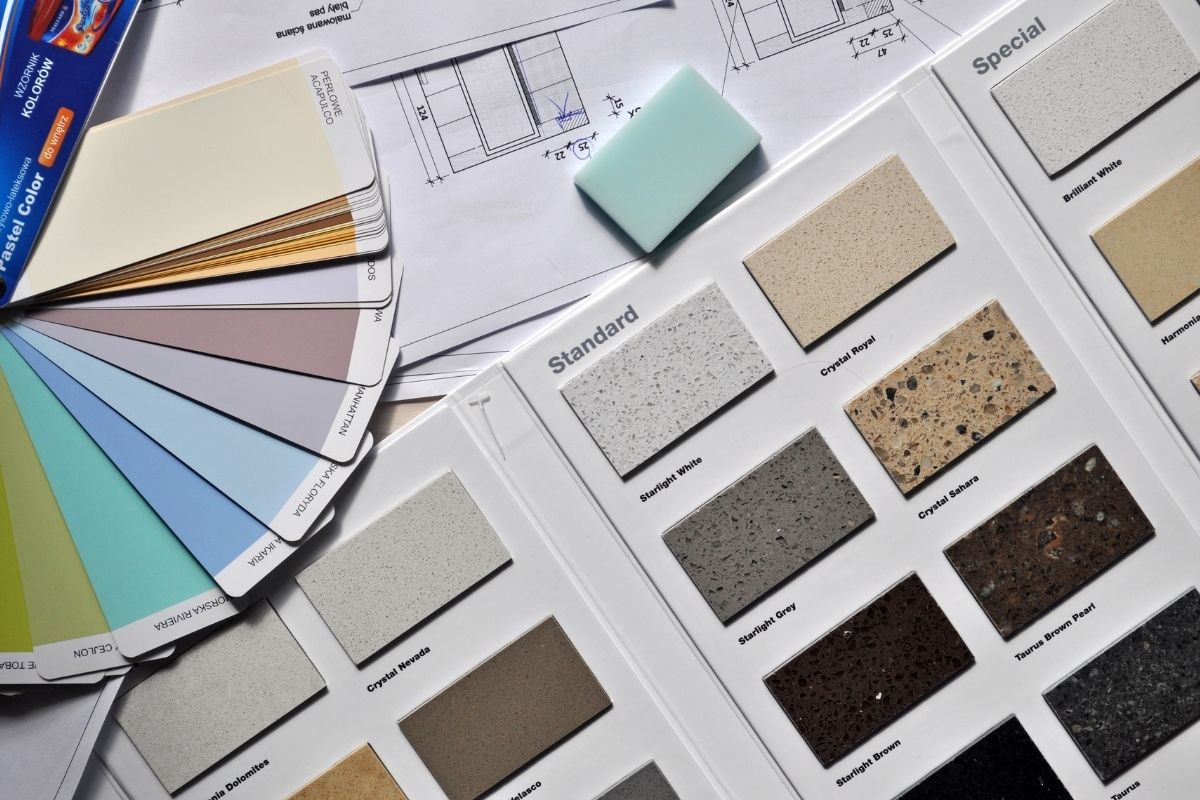Designing a Tone and Feel That Match the Brand
When it comes to the brand Islam, it’s important to keep in mind that the brand is not necessarily just the visuals. Really, it’s the entire feeling that you get when you deal with the company. This is typically the way that brands strive to present themselves.
When you’re designing a website, an app or a product, you’re often subconsciously creating something that is an extension of the brand it’s under. Because of this, you have to be keeping in mind what that brand stands for and how that brand wants to be represented. You also have to consider how the brand wants to communicate with users, and all of these things go into creating a continuation of that brand in a digital format.
Let’s say you’re working with a brand that’s relatively quiet or minimalist. In this case, you want to ensure that what you’re designing carries on that same kind of feeling. Whereas if you’re working with a brand that’s louder and more boisterous, you’ll want to ensure the design feels more like that instead. Basically, you want to be sure that what you’re designing fits what the brand is trying to do and communicates in the same way that the brand chooses to communicate with its users and other formats.
To learn more about having your design appropriately match the brand, as well as many other concepts involving UI, UX, UI design and UX design, consider trying out online UX design education. This way, you can access valuable lessons and information without needing the same level of available time and resources that you’d need for an in-person education.
